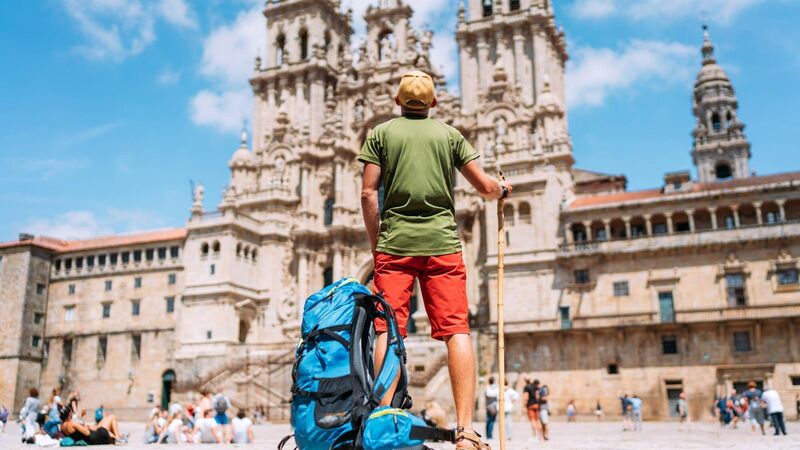Letters to the Editor: A Camino guide and an inspirational soul

John Brierley 'had overcome his own struggle and understood how hard theirs was as they made their way on the road to Santiago'. iStock
Try from €1.50 / week
SUBSCRIBEA very interesting and inspiring Irishman died recently.
John Brierley, a self-effacing man who never courted publicity and rarely gave interviews, who to most of the public was unknown, but to those who love outdoor life, hiking, hillwalking, and especially walking the Camino, he was a hero, inspirational, and well-loved.
Newsletter
Sign up to the best reads of the week from irishexaminer.com selected just for you.

Select your favourite newsletters and get the best of Irish Examiner delivered to your inbox
Monday, November 17, 2025 - 1:00 AM
Monday, November 17, 2025 - 9:00 AM
Sunday, November 16, 2025 - 9:00 PM
© Examiner Echo Group Limited